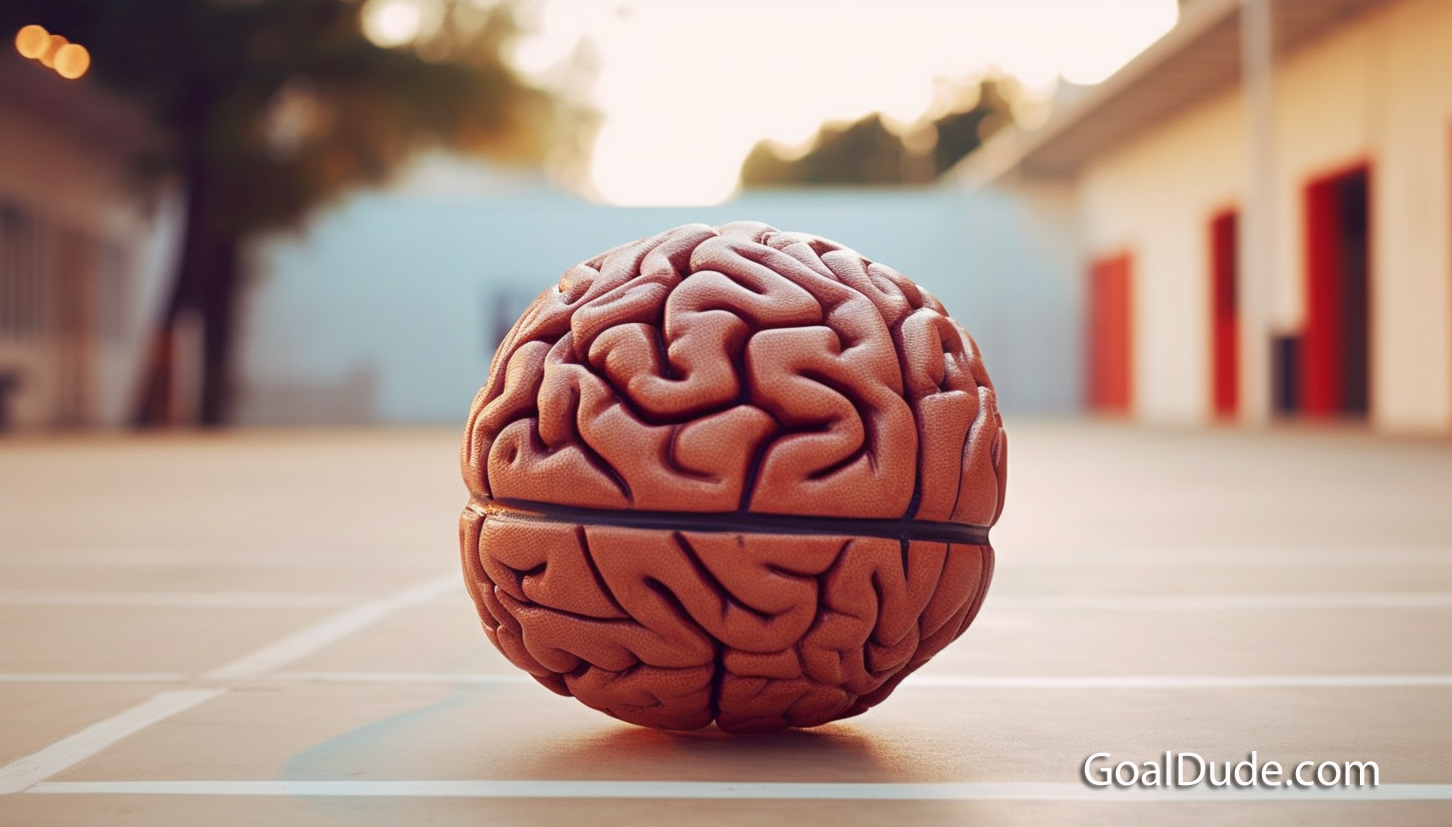The Blaslotto Experiment:
Dr. Blaslotto and his team conducted an experiment where participants were divided into three groups. The task was simple – shooting basketball free throws. Group A practiced shooting every day for an hour. Group B only visualized themselves making free throws but never practiced physically. Group C did nothing related to basketball.
After 30 days, the results were astonishing! Group A, which practiced physically, improved by 24%. Group C, which did nothing, did not improve (no surprise). However, Group B, which only visualized successful shots, improved by an astounding 23%, almost as much as the group that physically practiced!
Mind Over Matter:
The question is, how did visualization alone lead to such a significant improvement in performance? The answer lies in our brains. When we visualize an action, our brains generate an impulse that tells our neurons to “perform” the movement. This creates a new neural pathway that is imprinted into our mind, almost as if we had physically performed the action. Over time, this mental rehearsal primes our body for action and enhances our ability to execute the task in real life.
Applying Visualization in Life:
Let’s move away from the basketball court and into our daily lives. Whether you’re preparing for a big presentation, gearing up for an important interview, or planning to run a marathon, visualization can be a game-changer.
Imagine yourself performing the task with precision and confidence. Visualize success – the applause after your presentation, the nod of approval from your interviewer, the rush of crossing the finish line. The more vividly you can imagine these scenarios, the more your brain becomes familiar with them, and the more likely you are to turn them into reality.
A Word of Caution:
While visualization is powerful, it doesn’t replace actual practice or preparation! Read our article on practice perfect makes perfect! It’s a supplement, not a substitute. You can’t visualize yourself becoming a world-class surgeon without attending medical school, or manifest a bestselling novel without actually writing it. Visualization and actual practice should go hand in hand. Think of them as the dynamic duo of personal development, like Batman and Robin, but without the cool gadgets and fancy costumes.

The mind is a powerful tool. It can be your greatest ally in achieving peak performance in any area of your life. As Dr. Blaslotto’s experiment demonstrated, the practice of visualization can significantly enhance your performance and bring you closer to your goals. So, close your eyes and envision your success. Your brain might just be tricked into making it a reality.
Get After It!
